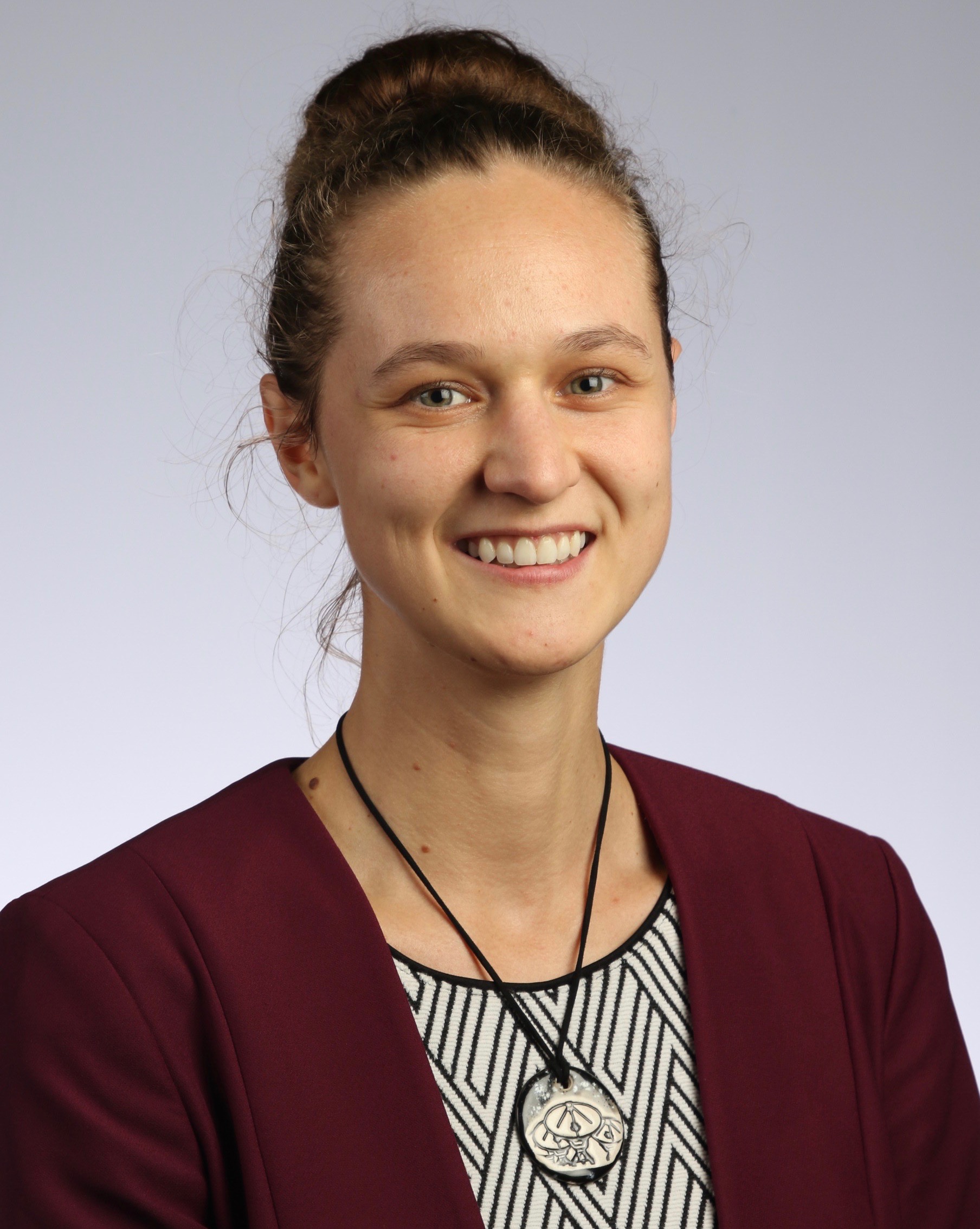I thrive at the intersection between science and the public. I have a passion for science communication and engaging all ages in the thrills of scientific discovery. Throughout my career I have sought out opportunities to participate in and coordinate events that bring astronomy to the public. I have spent hundreds of hours participating in and organizing outreach activities and events such as the following:
- co-founding and leading outreach programs
- large community events at museums, the Kennedy Space Center, and universities
- school visits
- workshops to train educators in the astronomical sciences
- making videos to explain my scientific results
- guest speaker
- public stargazing night volunteer
Something that is important to me is that not only professional astronomers understand my research, but that a public audience also feels that they can understand my research. To this end, I have made two videos concerning my research for the public audience:
- A 10 minute video explaining what a radio galaxy is with the public being the intended audience: Radio Galaxies
- An 8 minute video summarizing my work with quasars with the public being the intended audience: Cosmic Scrapbook
In early 2016, I participated in the AAS Astronomy Ambassador Program which gave me the tools and skills in order to explain complex astrophysics concepts using ordinary, every-day objects. I highly recommend this workshop and program and can’t thank the founders and facilitators enough for this workshop.
After this workshop, several colleagues and I went back to the University of Florida and formalized the founding of the UF Astronomy Outreach program. Then, two colleagues and I applied for and recieved the University of Florida’s Bob Graham Center H3C Initiative Grant in which we created an outreach program called, Springs & Stars. In this program, we took our educational star gazing events to three Florida State Parks in order to bridge the gap between education hubs, underserved rural areas, and Florida’s public parks by improving access to and engagement in science.
